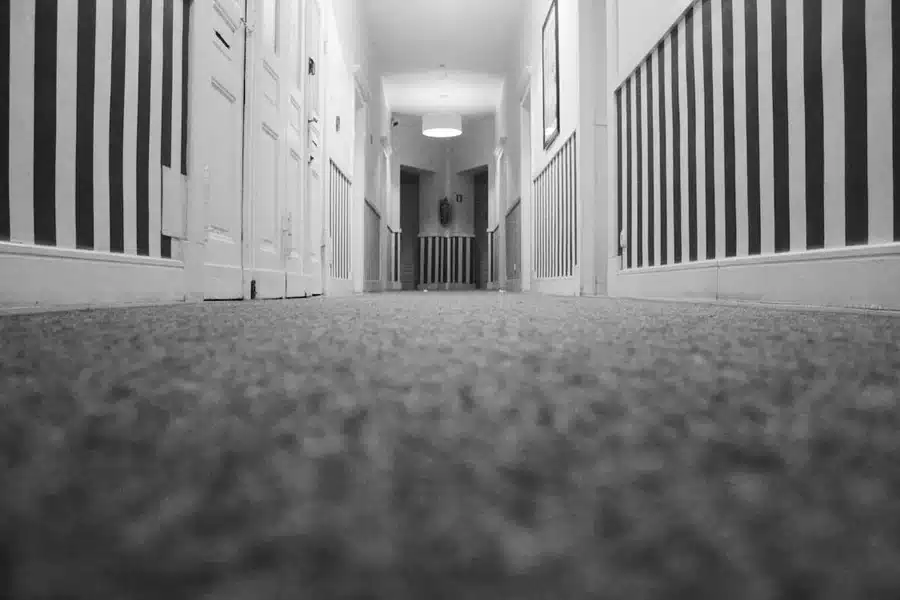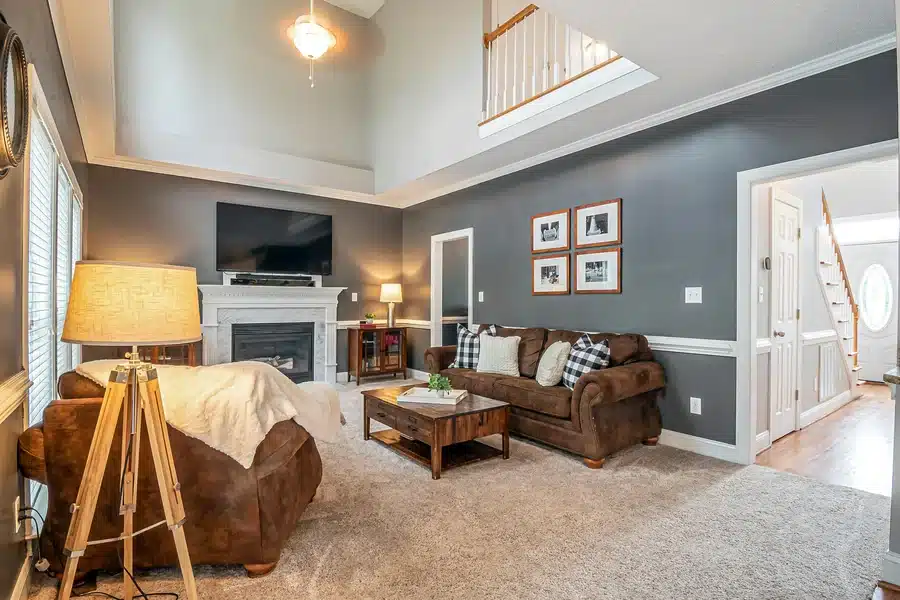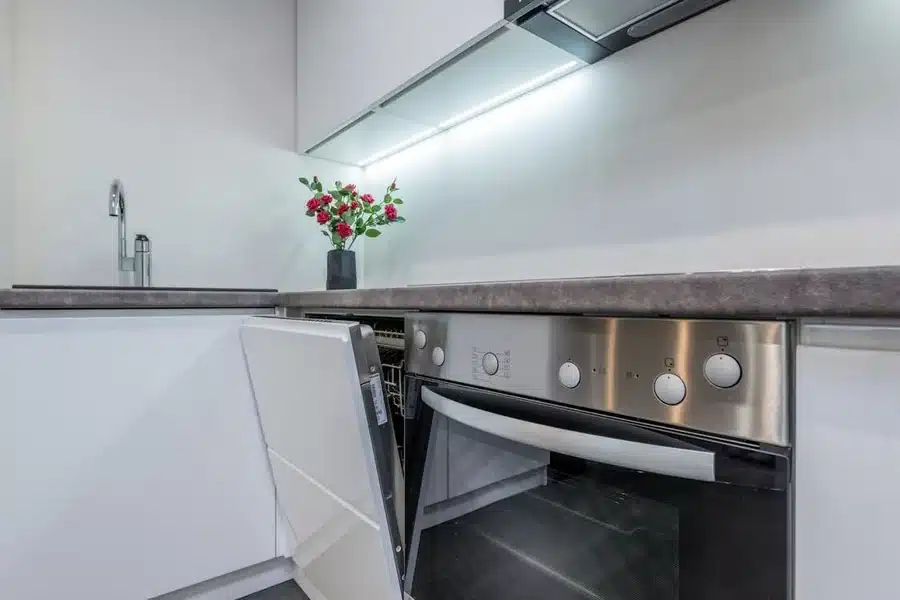A beautifully designed home should not only reflect your personal style—it should also be a smart investment. When done well, interior design enhances both your daily living experience and the resale value of your home. However, some choices—while trendy or highly personalized—can actually work against you when it’s time to sell. While working with a professional interior design firm can help avoid these pitfalls, below we highlight common design missteps that may turn off buyers and lower your home’s market value.
1. Over-Personalized Design Choices
It’s your home, and it should feel like you—but over-the-top design elements (like custom murals, bold themes or super specific color schemes) can alienate potential buyers. It’s okay to express your taste—but personalize in ways that are reversible or low cost to change.
Better Approach: Use neutral foundations—timeless colors, classic materials—and layer in personality through art, accessories or accent pieces that are easy to swap out.
2. Bad Lighting Design
Lighting is one of the most overlooked design elements yet has one of the biggest impact on perception. A dark, unevenly lit room can feel smaller, colder and less welcoming. Poor lighting placement or not enough lighting can make even a beautifully designed space feel meh.
Better Approach: Layer lighting—ambient, task and accent—to create depth and warmth. Highlight architectural features and prioritize natural light through window treatments that balance light control with openness.
3. Ignoring Scale and Proportion
Furniture that’s too big for the room can make the space feel cramped and cluttered. Conversely, tiny furniture in a large room can feel awkward and cold. These scale mistakes signal poor design planning and can make even a spacious home feel off-balance.
Better Approach: Use a scale floor plan or work with a designer to ensure each piece of furniture fits the room and the flow of the space.
4. Wall-to-Wall Carpeting in Main Living Areas

While carpet may be comfy underfoot, especially in bedrooms, wall-to-wall carpeting in living rooms or dining areas is often seen as outdated and high maintenance. Many buyers today prefer hardwood, stone or high-end tile for their longevity and clean look.
Better Approach: Invest in durable, high-quality flooring and use rugs to add softness, color and texture.
5. Too Much Built-In Customization
Built-in desks, bars or niche shelving can be beautiful—but too many permanent fixtures can limit how a future homeowner uses the space. A room that’s been too tightly defined may not suit someone else’s lifestyle or needs.
Better Approach: When designing built-ins, think about flexibility. Opt for clean lines and neutral finishes that would still be useful across different lifestyles.
6. DIY Renovations Without Professional Input
YouTube may teach basic repairs but it’s no substitute for professional expertise—especially when it comes to major renovations. Poorly installed cabinetry, tile or fixtures can turn off discerning buyers and signal bigger problems under the surface.
Better Approach: Work with licensed professionals and experienced interior designers to ensure updates are structurally sound, up to code and aesthetically refined.
7. Clashing Styles Between Rooms

It’s easy to treat each room as a separate project but disjointed styles across a home can disrupt flow and cohesion. A modern kitchen that leads into a Victorian-style living room creates visual confusion and undermines the sense of a thoughtfully designed home.
Better Approach: Choose a consistent design language that transitions naturally across spaces, even if each room has its own character.
8. Outdated Fixtures and Hardware
Small details matter. Brass light switch covers from the 80s or builder-grade faucets can date a home even if the rest of the space has been updated. Buyers notice the inconsistencies.
Better Approach: Swap out outdated hardware, lighting and fixtures for timeless, high-quality replacements that elevate the overall perception of the home.
Conclusion: Design with Value in Mind
Interior design is about beautiful, comfortable and meaningful spaces—but it’s also about smart long-term thinking. Whether you’re staying for decades or selling in a few years the right design decisions can make a big difference to your home’s value. Every project is a balance of style, function and investment return—so your home looks great and performs great too.



